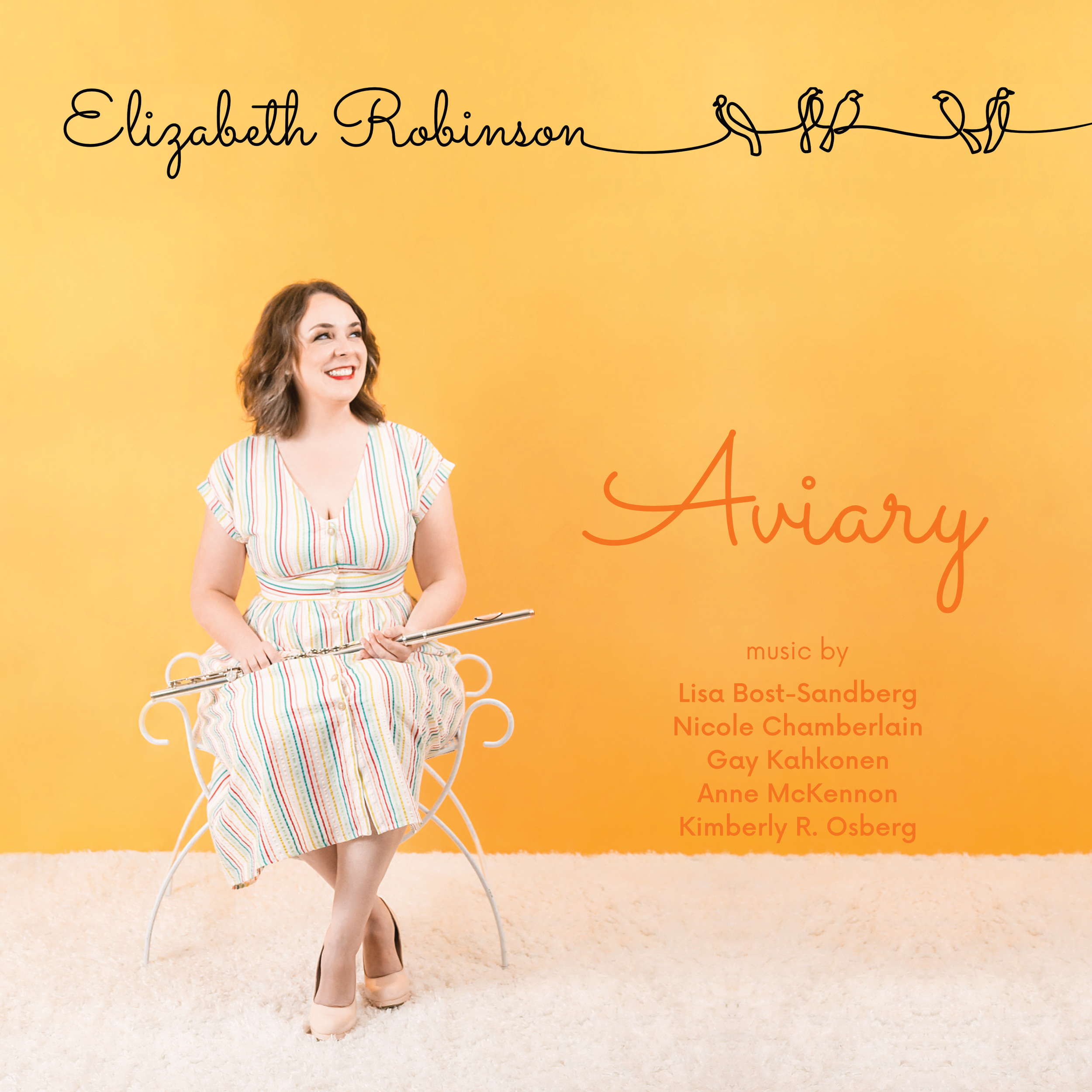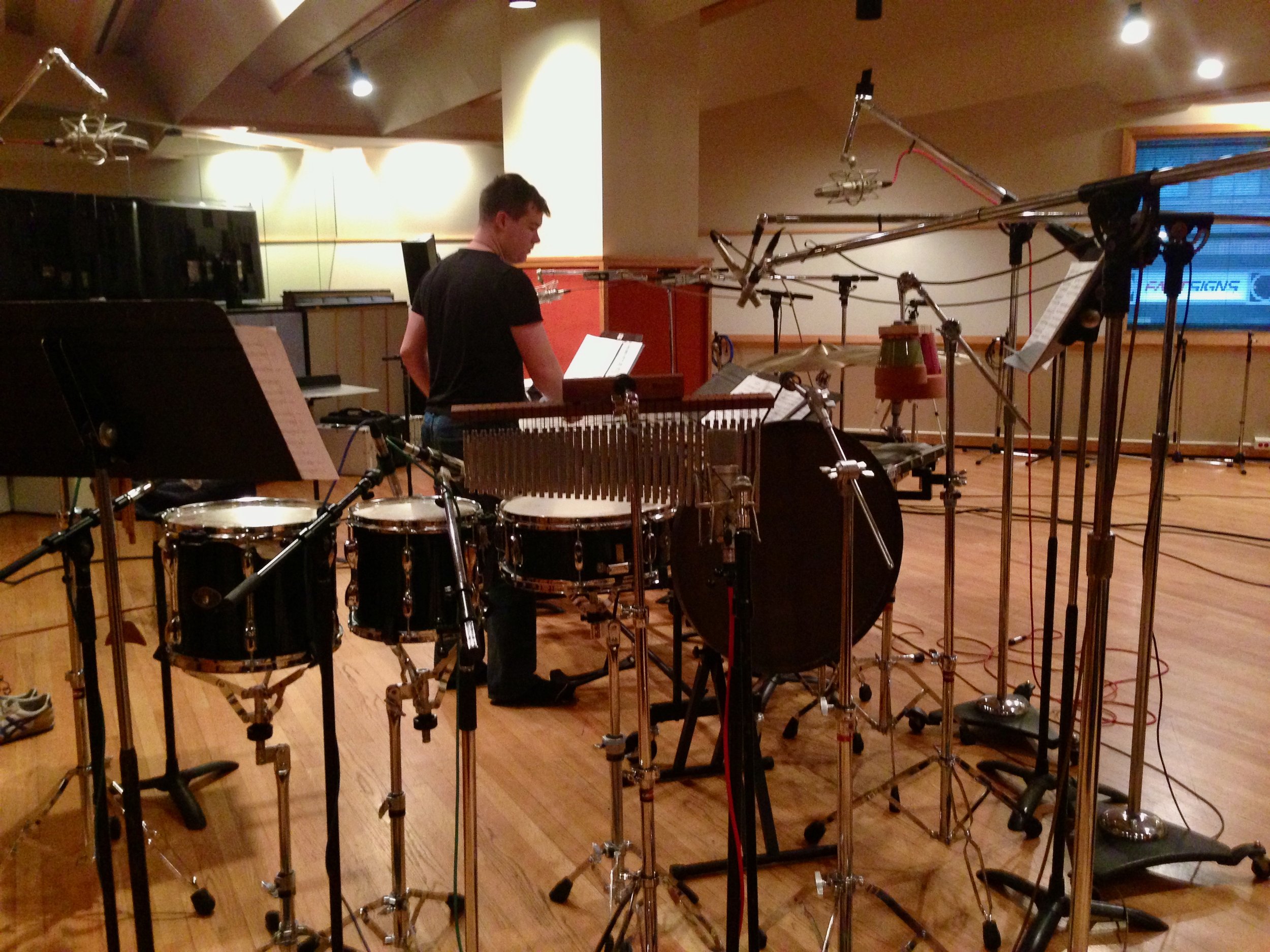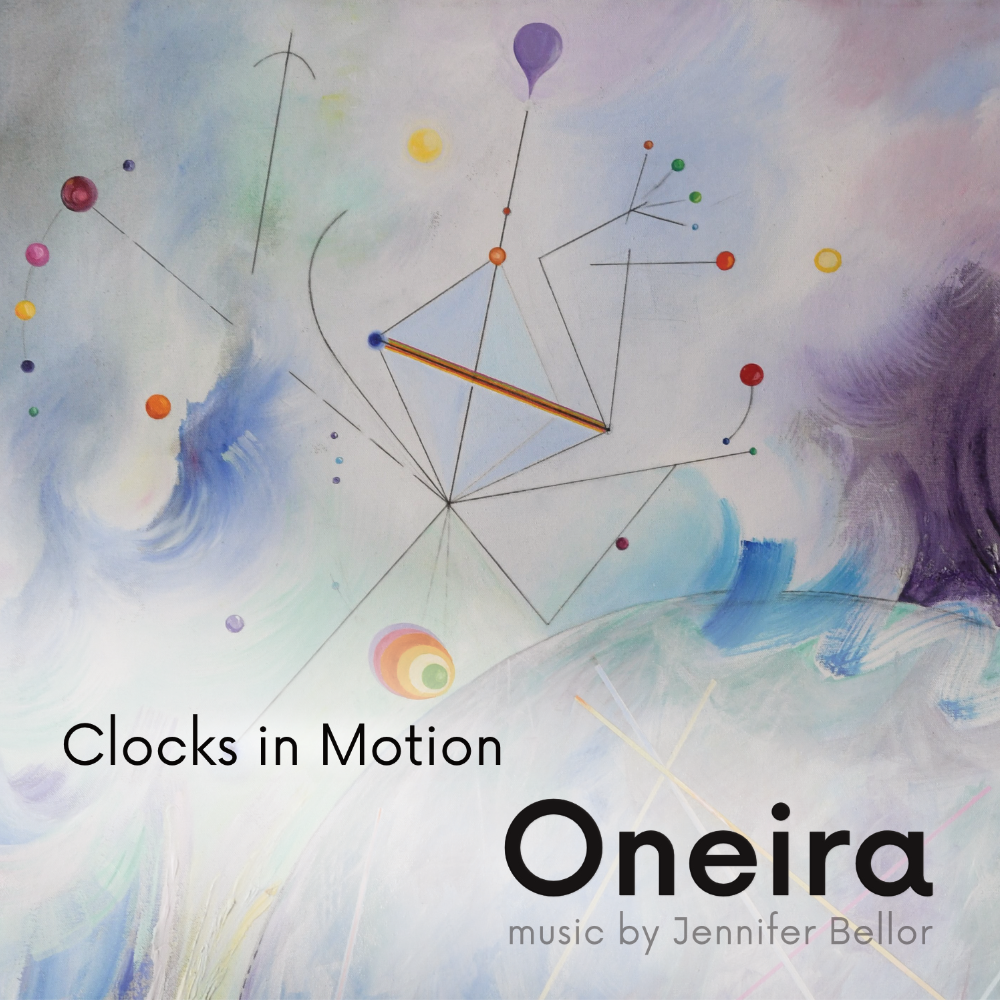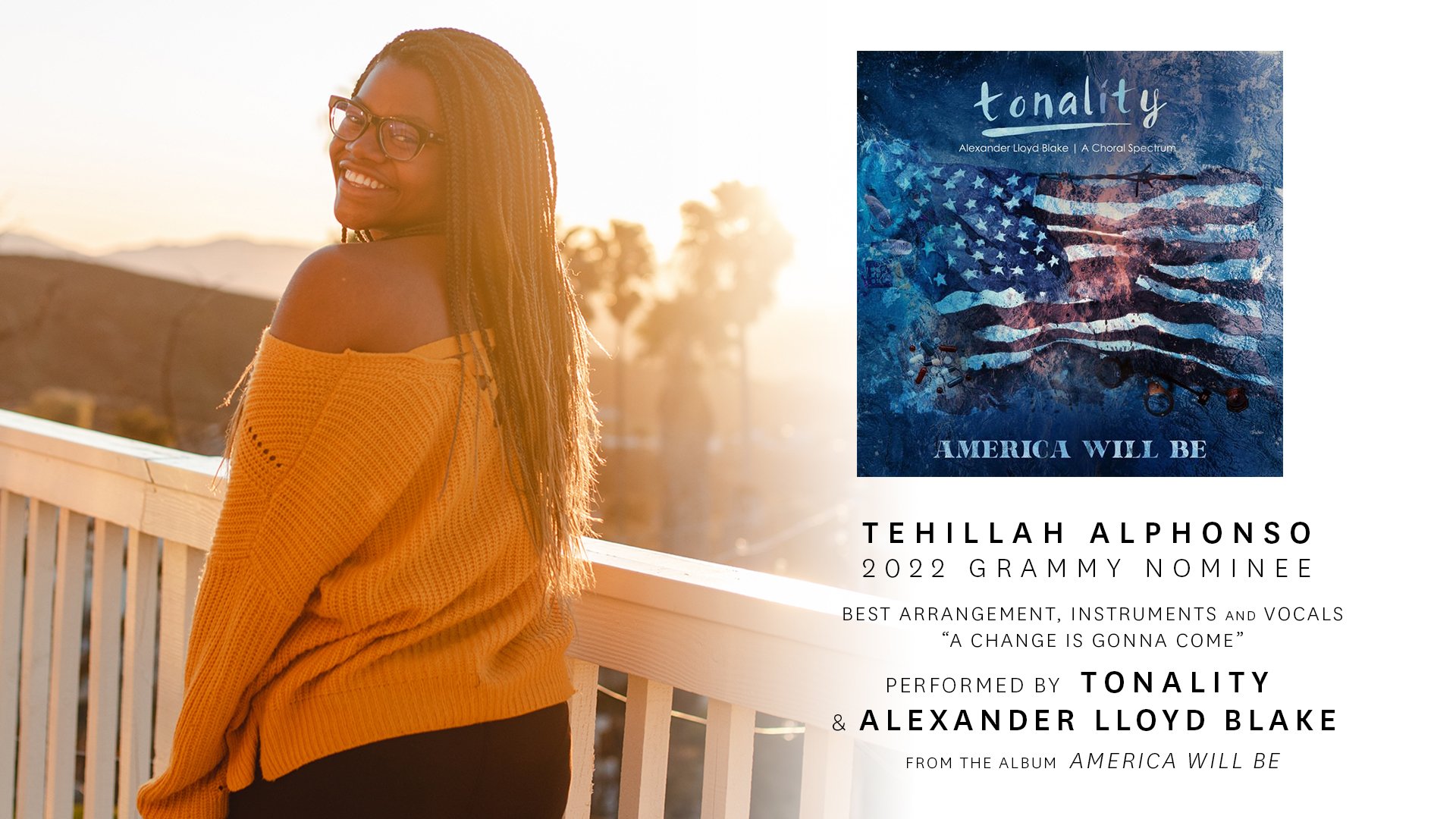This article originally appeared in Issue 43:2 (Nov/Dec 2019) of Fanfare Magazine.
Donut Robot! • Post-Haste Reed Duo • AEROCADE 010 (59:30)
Yes, you read that right: Donut Robot!: a celebration of the combination of saxophone and bassoon. The title comes from Ruby Fulton’s charming piece, which for just shy of 10 minutes explores a somewhat unsurprisingly mechanistic soundworld. The title comes from that scourge of contemporary life, autocorrect, in a text message between the two members of the Post-Haste Duo. A musical representation of the state before and after communication breakdown (unison passages cede to all sorts of fun), it has a more serious side as it examines also some of the dark side of such breakdowns (Pokemon Go! causing accidents and deaths, Y2K, and so on). It is the ideal ushering-in of this new sound universe of sax and bassoon, and the cartoon illustrations on the disc of a metal donut with pink icing and hundreds and thousands of sprinkles are amazing. The performance needs to be preternaturally accurate for this to work, and so it is.
The keening, microtonal high opening of Drew Baker’s First Light and its continuing exploration of that soundspace are an intended depiction of the time between dawn and sunrise. The idea is to live within the texture and at the same time observe its changes, however small they may be. The three Soundscapes of Michael Johanson are inspired by two vistas: the hills of southern Italy and snowfall in Oregon. There is a spring in the step of the first, “The Hills of Basilicata,” an artist community the composer visited in 2014. There is much beauty here, enhanced by the perfect ensemble of the two players (at times they sound as if they are two stops on an organ, perfectly articulated by the organist). The central “Snowscape” is a musical depiction of the peace after a snowfall the composer witnessed in Oregon, while the joyous, multi-meter “Moto perpetuo” does what it says on the tin, and well.
Another great title is for Edward J. Hines’s piece Hommage: Saygun et Bartók en Turque, subtitled “Chanson de Hatice Dekioğlu.” The piece refers to the visit in 1936 by the two composers Bartók and Saygun to a Turkish village, where the 13-year-old Hatice Dekioğlu sang a folksong for them. The two players at one point intone the words of the song “I came to this World from Istanbul / My affection is for the daughter of the Armenian / Don’t eat, don’t drink, but look at the eyes of the young one / Take me to the saddle, oh son of the Kurd, and let us go.” Hines’s piece is a set of variations on the original recording, but it is also a tribute to the two composers—especially Saygun, perhaps, as Hines studied composition and ethnomusicology with him on a Fulbright scholarship in the mid-1980s. Towards the end, we hear the original recording above sustained notes on sax and bassoon; the instruments react to the sound, too. It is an unbearably touching moment when one is aware of the basis of the piece.
The inspiration for Andrea Reinkemeyer’s In the Speaking Silence comes from a poem by Cristina Rossetti, Echo. Written in 2018 in memory of the composer’s mother, there is an inevitable touching aspect to this piece of sonic mourning. There is a rhythmic underlay derived from the Christian hymn It is Well with my Soul in tribute to the deceased’s love of the hymnic tradition. There is the most remarkable multiphonic on saxophone here—remarkable for both its veracity (multiphonics so often misfire and sound like something grinding when it shouldn’t be) and its perfect control. In performance, the performers should be located as far away from each other as possible, to enhance the echo effects; space in musical terms is also utilized, as the players begin in unison and end far apart.
That would have been a poignant way to end, but one in dissonance, perhaps, with the pink-frosted metal donut, so the closing word is left to Takumah Itoh’s Snapshots, which comprises four short movements: “Grotesque,” “Chain,” “Haunted,” and “Early Bird Special.” Fragmented Minimalism makes “Chain” particularly fascinating, especially after the harsh sounds of the short “Grotesque.” The title “Chain” refers to Lutosławski’s series of works of that name, and controlled aleatorism is the link between the two. Itoh concentrates on the glissando for “Haunted,” but his way is far from straightforward or hackneyed. It is, moreover, a study on where how and where the directionalism of a glissando flowers. It morphs into “Early Bird Special,” bebop influenced (think of Charlie Parker’s “Bird”) and also reminiscent of Raymond Scott’s mechanistic, cartoonish music.
Detailed notes on the music is available online. Intriguing and strangely satisfying from first to last, this is a most unexpected treat.
Colin Clarke

























